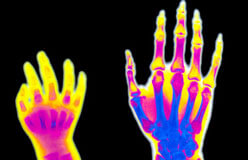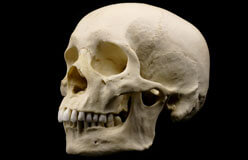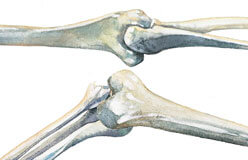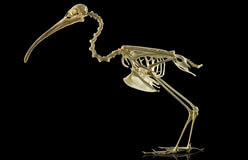In May 2000, thousands of eager reporters and spectators packed the Field Museum of Natural History in Chicago. They were there for the dramatic unveiling of Sue (that’s her skull), the largest and most complete Tyrannosaurus rex skeleton ever unearthed.
The 67-million-year-old fossil told a dramatic story. A tooth fragment from a rival T. rex was found in one of “her” ribs (nobody’s sure if Sue is male or female). Also, one leg was broken. Discoveries like Sue are rare and thrilling for paleontologists—scientists who study the fossil remains of prehistoric animals and plants. But even simple fossils tell exciting stories, if you know how to read them.








